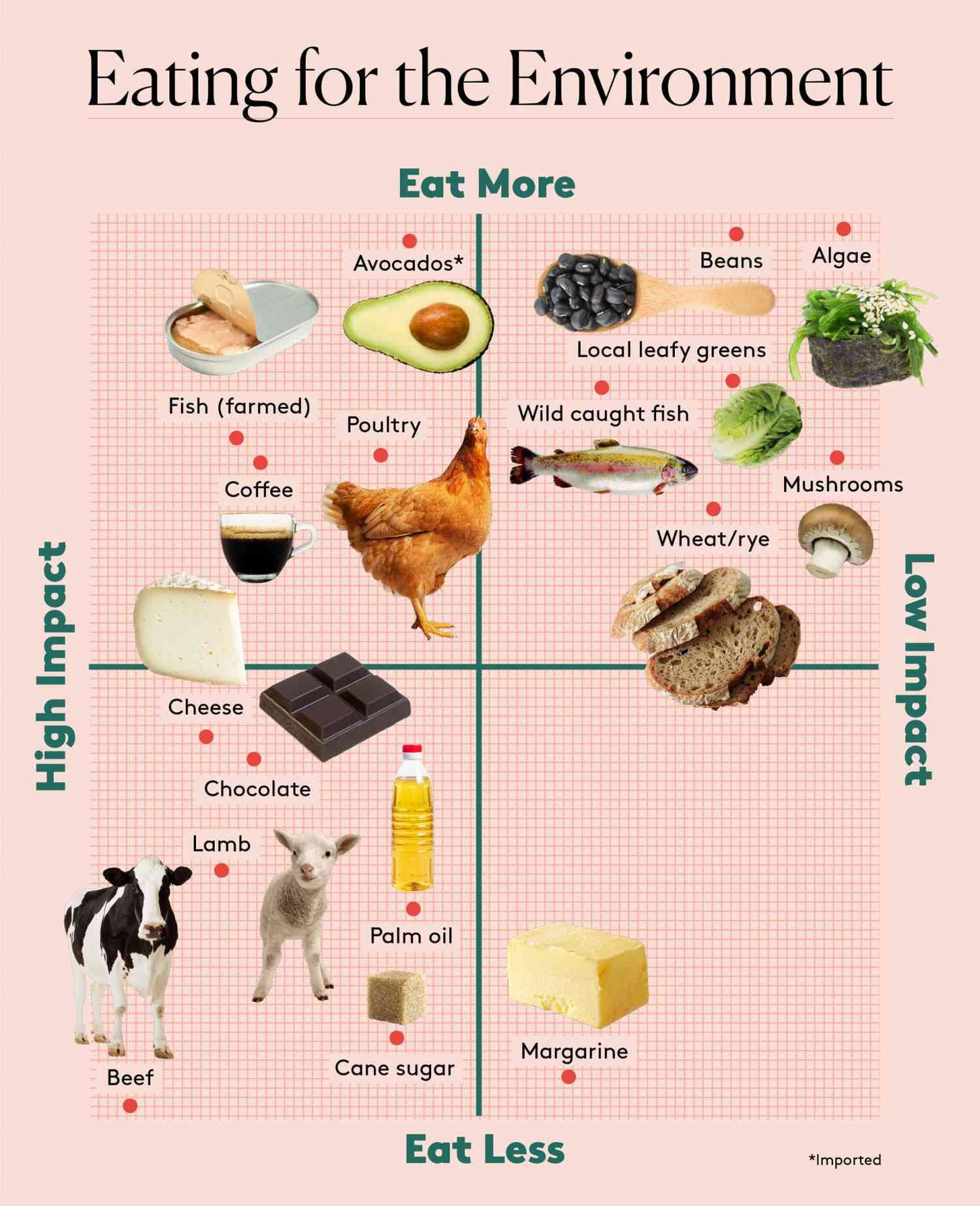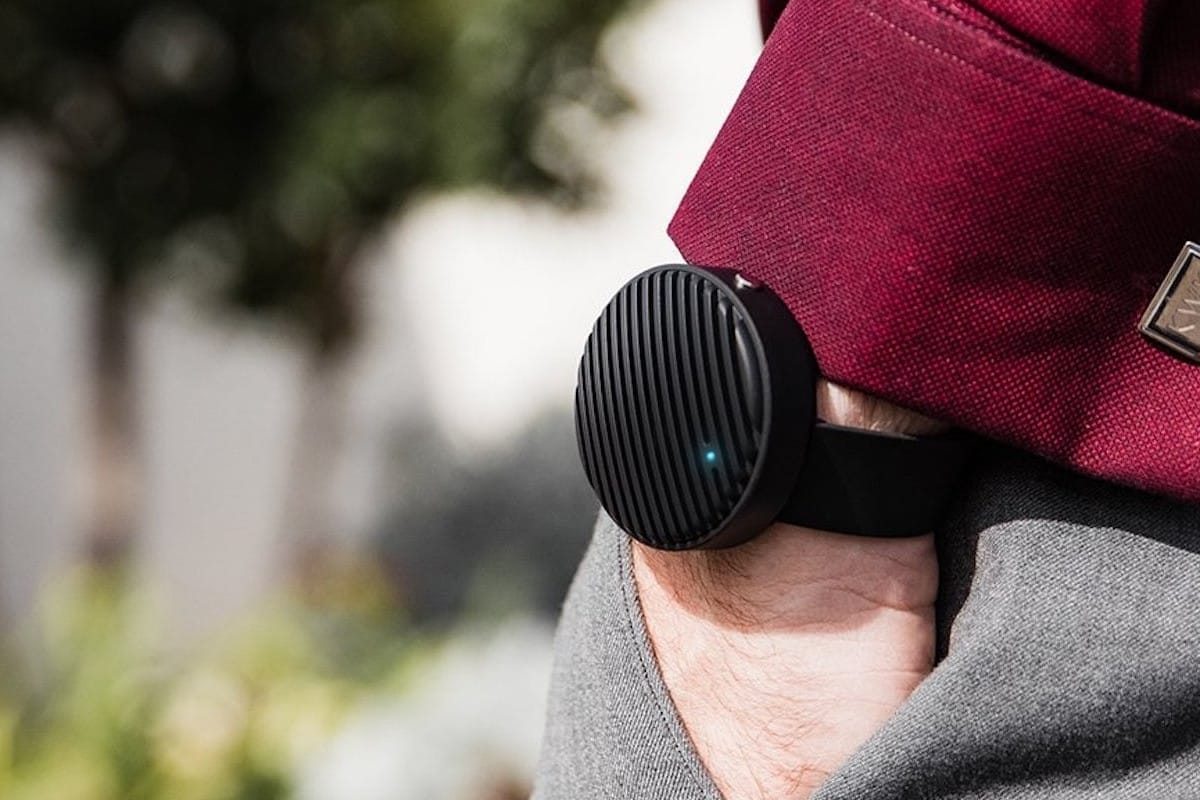Digital detox involves a deliberate break from digital devices and high-stimulation media—smartphones, social-media, streaming, gaming—for anywhere from a few hours to several days, replacing them with low-tech activities (nature walks, reading, face-to-face conversation) to reset habits, reduce stress, and improve mental clarity. \## What Is a Digital Detox? A digital detox is a self-directed pause from screens and online engagement. Participants set boundaries—such as no social-media apps, email, or video streaming—and spend that time on analog pursuits: exercise, hobbies, mindfulness, or social interaction, aiming to restore balance in an always-online world. \## Key Trend Drivers 1\. \*\*Screen Overload & Burnout\*\* Average daily screen time exceeds 6½ hours in many markets, driving anxiety, sleep disruption, and “digital fatigue.” 2\. \*\*Wellness & Mindfulness Movement\*\* Growing interest in mental-health practices and mindfulness fuels demand for structured breaks from technology. 3\. \*\*Corporate & Educational Programs\*\* Employers and universities launch digital-detox challenges to combat burnout and improve productivity and well-being. 4\. \*\*App Ecosystem Support\*\* A fast-growing market of detox apps and focus-timer tools helps users track screen time, block distractions, and measure progress. \## Target Participant Profiles | Segment | Characteristics | Motivations | |-------------------------------|-------------------------------------------|-----------------------------------------| | Knowledge Workers & Students | High screen demands, multitasking overload| Restore focus, reduce digital stress | | Social-Media Addicts | Compulsive scrolling, FOMO | Break habit loops, regain control | | Wellness Enthusiasts | Biohackers, mindfulness practitioners | Enhance mental clarity, presence | | Corporate Teams | High burnout, remote-work setups | Boost engagement, reduce fatigue | | Families & Teens | Heavy device use, gaming | Reconnect offline, improve relationships| \## Health & Functional Benefits \- \*\*Improved Sleep Quality\*\* Reducing blue-light exposure and evening screen use normalizes circadian rhythms. \- \*\*Reduced Anxiety & Stress\*\* Lower notification frequency and social-media comparison help decrease cortisol and rumination. \- \*\*Enhanced Focus & Productivity\*\* Fewer digital interruptions enable deeper work sessions and creative flow. \- \*\*Better Relationships\*\* More face-to-face interaction and undistracted time strengthen social bonds. \## Market Dynamics & Size \- \*\*Digital Detox Apps Market\*\*: Valued at USD 0.39 billion in 2023, projected to reach USD 19.4 billion by 2032 (CAGR ~18.2 %). \- \*\*Personal-Development Industry\*\*: USD 48 billion in 2024, with behavioral-fast subsegments growing ~6 % CAGR. \- \*\*Corporate Wellness Adoption\*\*: ~10 % of large employers piloting detox programs; universities and retreat centers adding phone-free packages. \- \*\*Retreat & Tourism\*\*: “Digital-detox retreats” search interest up 50 % year-over-year; specialized unplugged getaways in high demand. \## Program Formats & Innovation | Format | Description | Use Case | |----------------------|------------------------------------------------------|-------------------------------------| | 24-Hour Detox | Full day offline—from sunrise to sunset | Weekend reset | | Work-Day Detox | No non-work screen use during business hours | Boost professional productivity | | Evening Detox | Screens off after a set evening hour | Improve sleep hygiene | | App-Guided Detox | Mobile apps that block chosen apps and track metrics | Data-driven habit change | | Retreat Experiences | Multi-day unplugged stays in remote locations | Immersive wellness getaway | \## Challenges & Considerations \- \*\*Withdrawal Discomfort\*\* Initial irritability, boredom, and anxiety (“digital withdrawal”) can impede adherence. \- \*\*Practical Constraints\*\* Full detox may conflict with work, study, or caregiving responsibilities; partial detoxes may be more feasible. \- \*\*Limited Scientific Trials\*\* While anecdotal benefits are strong, controlled studies on long-term mental-health outcomes remain few. \- \*\*Risk of Perfectionism\*\* All-or-nothing rules may induce guilt if broken; flexible frameworks can improve sustainability. \## Future Outlook & Opportunities 1\. \*\*Integrated Detox Platforms\*\* Hybrid apps combining screen-time tracking, mindfulness exercises, and social accountability features. 2\. \*\*Corporate Policy Adoption\*\* Institutionalizing “no-email” windows, device-free meeting rooms, and digital-wellness benefits. 3\. \*\*Scientific Validation\*\* Longitudinal research on cognitive, emotional, and physiological impacts of regular detox cycles. 4\. \*\*Wellness Tourism Expansion\*\* Growth of unplugged retreats, camps, and resorts offering guided digital-detox programs. \## Conclusion Digital detox has evolved from a niche biohacking tactic into a mainstream wellness strategy. By providing structured breaks from screens, it addresses rising digital fatigue, enhances mental and relational health, and boosts productivity. Sustainable adoption will depend on balancing detox intensity with real-world obligations, supported by technology, policy, and evidence-based guidance. --- \### Sources https://www.zionmarketresearch.com/report/digital-detox-apps-market https://www.techtarget.com/whatis/feature/The-rise-of-digital-detox-apps https://www.businessinsider.com/phone-free-vacations-digital-detox-summer-2024-6 https://www.deloitte.com/insights/us/en/industry/technology/tech-trends/digital-wellness.html https://www.mdpi.com/2673-5318/6/1/4 https://www.theguardian.com/lifeandstyle/2024/sep/20/digital-detox-day-regain-control-downtime
Trend Report: Dopamin Detox
- •
- 4 min read
Read Next
Subscribe to Newsletter
Join me on this exciting journey as we explore the boundless world of the future of health together.







